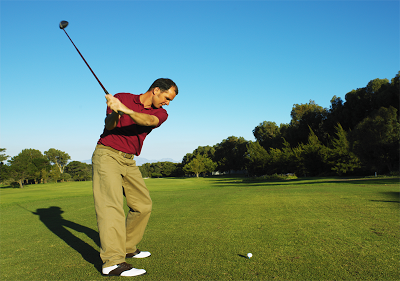1. Meditation helps to improve health:
Stress Reduction
Meditation has shown to reduce stress.
In many studies Mindfulness Meditation also helps reducing anxiety
disorders including PTSD and also has been shown to reduce the recurrence of
depression in patients (Wikipedia).
Since stress impacts the immune system, meditation indirectly helps to
improve overall well-being.
Chronic Pain:
Meditation helped to reduce pain by
50 % and maintained this result for over 4 years according to Kabat-Zin.
(Clinical Journal of Pain (1986) National Institute of Health (NIH) notes that
meditation and relaxation therapies markedly improved ease of low back pain
problems, arthritis, and headaches.
(Jama, 276 (4) (1996) Insomnia: 75 % of insomniacs were able to go to
sleep within 20 minutes after meditating. (Jacobs, Harvard Medical – Say
Goodnight to Insomnia, Owl Books (1999)
Mental Health:
There was 50 % reduction
in psychiatric symptoms, 70 % decrease in anxiety in the inner-city group
residents that were suffering from chronic pain, anxiety, depression, diabetes
and hypertension. Roth and Creaser,
Nurse Practitioner 22 (3) (1997)
2.
Meditation helps to improve your focus (one-pointedness concentration):
Buddhist meditation (Anapana Sati – Mindfulness Meditation) helps to improve
your focus. During the meditation, you
will learn how to have a one-pointedness concentration on your breath or
abdomen rising and falling. Calming
down and focusing your mind on one object allows bringing about more awareness
in your daily activities.
3. Meditation
helps to achieve inner peace and serenity (equanimity) Buddhist meditation has
shown the immediate effect of greater calmness and serenity. With more
meditation, you can expect to have equanimity, the sense of inner peace and balance. Over 100,000 meditators at S.N. Goenka 10
day retreats experienced equanimity within first 3 days of meditation. Equanimity is an ability to be a neutral
observer and see things as they are and not react to cravings and aversions.










